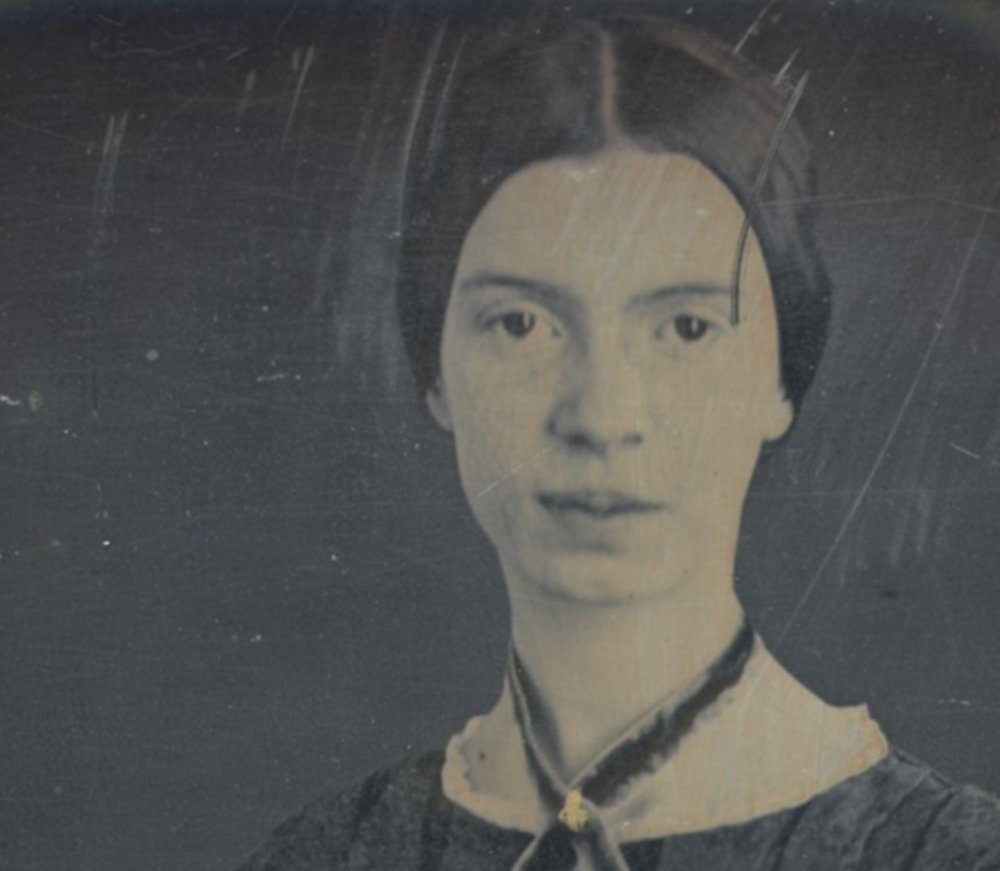
Emily Dickinson is regarded as one of the greatest poets in American history. However, only 10 of her nearly 1,800 poems were published during her lifetime. It wasn’t until after her death that her sister discovered the collections of poetry that Dickinson had compiled and refined during her lifetime.
Emily Elizabeth Dickinson was born in Amherst, Massachusetts, on December 10, 1830, into a prominent, but not wealthy, family. Her father was a successful lawyer who went on to serve as a politician and ensured that his children were well educated. As a child, Dickinson was seen as frail by her parents and others and was often kept home from school. This likely contributed to her desire as an adult to live a life of simplicity and self-imposed isolation.
In addition to her prodigious composition abilities, Dickinson also excelled in Latin and the sciences. She developed a passion for botany and created a large herbarium that consisted of a meticulous collection of pressed plants that were identified by their accurate Latin names.
Dickinson attended Mount Holyoke Female Seminary (now Mount Holyoke College) for a year but went back to the comforts of home and did not return. She enjoyed spending her time baking for the family, maintaining the home, and gardening. She gradually reduced her social contacts and ventured out into society less and less. This slow process of disappearing resulted in almost total seclusion by the time she was in her late twenties.
Dickinson was considered strange by the townsfolk because of her reclusive nature and tendency to dress all in white. She eventually refused to come down from her room to even greet guests and would speak to them through her door. She chose to communicate through letter writing, sending friends and family members gifts of poetry and flowers from her garden.
Despite choosing to remain closed off and alone, Dickinson wrote poetry of great power. She spoke on the nature of death, immortality, and the passage of time. Her lyric style of writing was truly unique and she disregarded common literary rules, allowing sentences to run on and experimenting with capitalization. She died in 1899, and though she led an intensely private, secluded life, she has become a powerful and persistent figure in American culture and one of the most well-known poets of all time.
